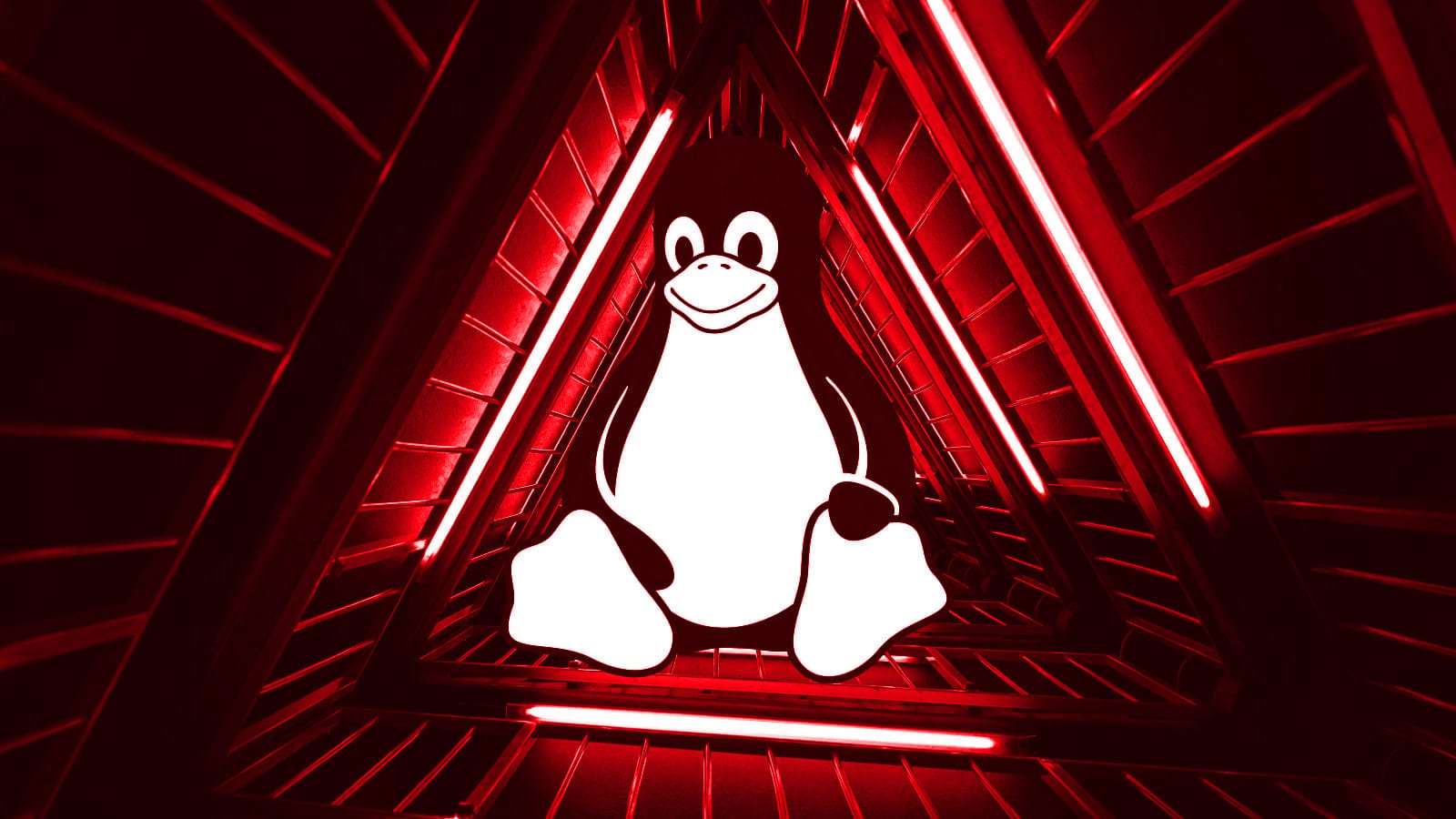
November 4, 2024 at 10:56AM
The ‘CRON#TRAP’ phishing campaign targets Windows systems using deceptive emails to install a Linux virtual machine with a backdoor for stealthy corporate network access. Leveraging the legitimate QEMU tool, attackers ensure persistence and communication via a tunneling program, enabling various malicious actions undetected by security measures.
### Meeting Takeaways on CRON#TRAP Phishing Campaign
1. **Overview of the CRON#TRAP Campaign**:
– A new phishing campaign has been identified that utilizes a Linux virtual machine to infiltrate Windows systems, allowing stealthy access to corporate networks.
– Named ‘CRON#TRAP’, this campaign employs unattended installs of malicious Linux VMs via phishing emails, diverging from traditional methods where attackers manually install malware post-breach.
2. **Phishing Mechanism**:
– The phishing emails masquerade as a “OneAmerica survey” and include a large 285MB ZIP file containing a Windows shortcut and QEMU virtual machine applications.
– The ZIP file exploits a Windows shortcut named “OneAmerica Survey.lnk” that executes a PowerShell command to set up the malicious Linux VM.
3. **Installation Process**:
– The extracted files are placed in the “%UserProfile%\datax” folder, and a batch file (`start.bat`) initiates the setup of the QEMU Linux virtual machine.
– A PNG fake server error is displayed during installation to distract users from the ongoing malicious activity.
4. **Backdoor and Persistence**:
– The Linux VM, named ‘PivotBox’, comes preloaded with a backdoor using the Chisel tool for secure command and control (C2) communication.
– The backdoor operates persistently by modifying system files to ensure it starts automatically after a host reboot and generates SSH keys for authentication without user intervention.
5. **Malicious Capabilities**:
– The backdoor allows for a wide range of attacks, including surveillance, file management, and data exfiltration.
– Specific commands such as ‘get-host-shell’ and ‘get-host-user’ enable attackers to execute commands and assess user privileges on the compromised host.
6. **Historical Context**:
– This is not the first instance of QEMU being exploited for malicious purposes; previous campaigns have also utilized similar tactics for covert communications.
7. **Defensive Measures**:
– Recommendations include monitoring for the execution of ‘qemu.exe’ from user-accessible folders, blacklisting QEMU and virtualization software, and potentially disabling virtualization features on critical devices at the BIOS level to enhance security.
### Action Items:
– **Awareness and Training**: Educate employees on phishing attempts and the dangers of unsolicited attachments.
– **Implement Security Measures**: Review and strengthen security protocols regarding virtualization tools and user access.
– **Monitor Systems**: Establish monitoring mechanisms for any unusual instances of virtualization software launching on corporate devices.